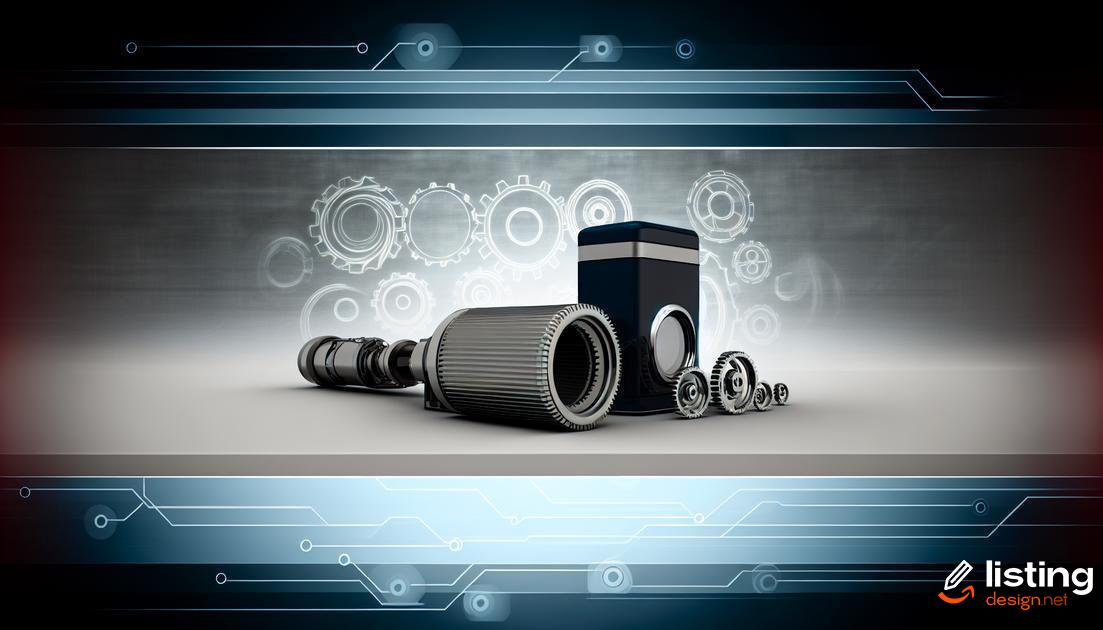In today’s competitive market, a product rendering service can be a game-changer for businesses. High-quality product renders help you make a stunning first impression, enticing potential customers and boosting overall engagement. With detailed renders, your products can stand out, providing a more realistic and immersive experience. Read on to discover the benefits, the process, and how to choose the best service for your needs.
Table of Contents
What Is a Product Rendering Service?
A Product Rendering Service refers to a practice where 3D visualizations of products are created before the actual product is manufactured. These services employ advanced software and technology to generate lifelike images of products from digital models. Such services are crucial for businesses that need high-quality visuals for marketing, product development, or customer presentations.
Using 3D rendering techniques, experts can craft images that showcase every detail and angle of a product, offering a more immersive experience than traditional photos. This process often involves creating detailed models that are textured, lit, and rendered to mimic real-world conditions as closely as possible, ensuring potential customers get an accurate view of what to expect.
Moreover, these services can be utilized across various industries, including fashion, real estate, automotive, and consumer electronics, indicating their versatility and broad appeal. By leveraging this technology, businesses can save time and resources while also elevating their marketing materials, making products appear more attractive and engaging to potential buyers.
In summary, a Product Rendering Service is an invaluable tool that transforms product visuals, creating an advantageous position for businesses striving for success in competitive markets.
Why Use a Product Rendering Service?
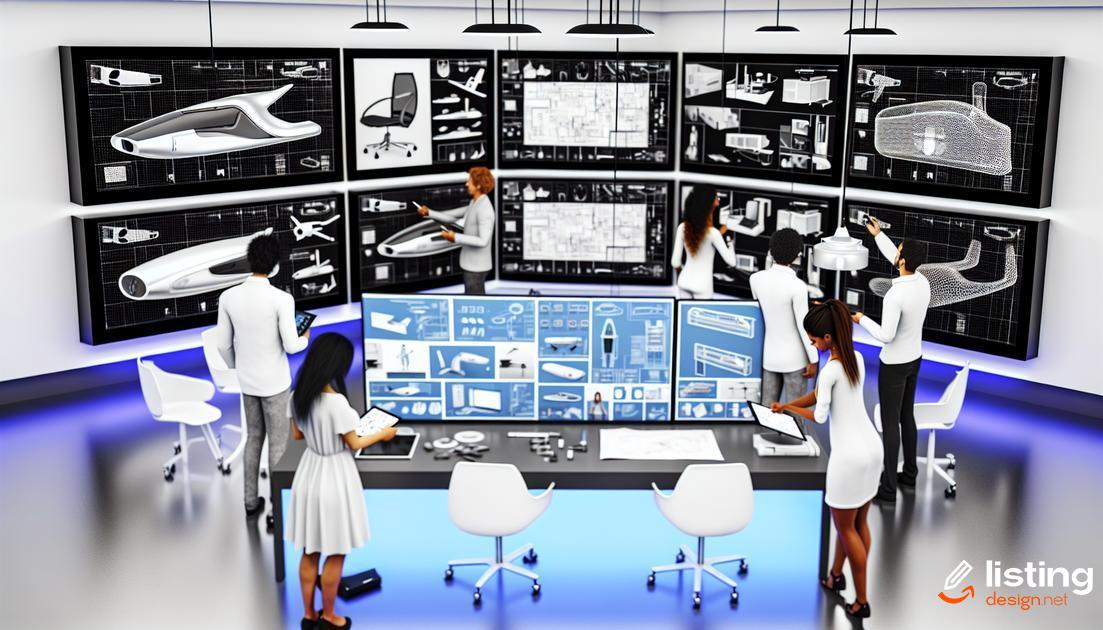
By using a product rendering service, you elevate the visual appeal of your products significantly. Instead of traditional photography, product rendering allows for the creation of lifelike, digital images of your products. This offers flexibility and creativity that traditional methods cannot match.
With product rendering, you have the ability to showcase your product from any angle, in any environment, and under full creative direction. This enables you to highlight unique features, demonstrate functionality, and present the product in various colors and textures.
Moreover, rendered images are highly customizable. Changes can be made quickly without the need for reshoots, which is both cost-effective and time-efficient. Whether you need to demonstrate a product in multiple variants or envision its application in different scenarios, product rendering makes it possible.
Product rendering also enhances your marketing materials. High-quality, detailed images can be used across multiple platforms including websites, social media, and print advertisements. This creates a consistent and polished brand image that can attract and retain customers.
Furthermore, with advances in 3D rendering technology, images can achieve an unparalleled level of realism. This helps potential customers to feel more confident in their purchase decisions, as they can see exactly what they are buying in high detail.
Benefits of High-Quality Product Renders
High-quality product renders can significantly enhance your product’s visual appeal. They provide a realistic, detailed representation of your product, making it easier for potential customers to envision its features and benefits. Accurate and detailed visuals help in reducing misunderstandings or misrepresentations, ensuring that what the customer sees is what they get.
With high-quality renders, you can highlight specific product features that might not be visible in photographs. Techniques like 3D rendering allow you to showcase intricate details and textures, enhancing the overall aesthetic and desirability of the product.
Moreover, quality renders can help in creating versatile marketing materials. These visuals can be used across various platforms—websites, social media, print media, and more—providing a cohesive and professional brand image. This consistency helps in building brand trust and credibility.
Using top-tier renders also streamlines the product development process. By visualizing products in a 3D space before production, potential design flaws can be identified and addressed early. This leads to cost savings and a more efficient workflow, eliminating the need for multiple physical prototypes.
Lastly, high-quality renders can give businesses a competitive edge. In a market where visual presentation plays a crucial role in decision making, investing in superior product renders can attract more customers, drive higher engagement, and ultimately boost sales.
Key Features of Top Product Rendering Services
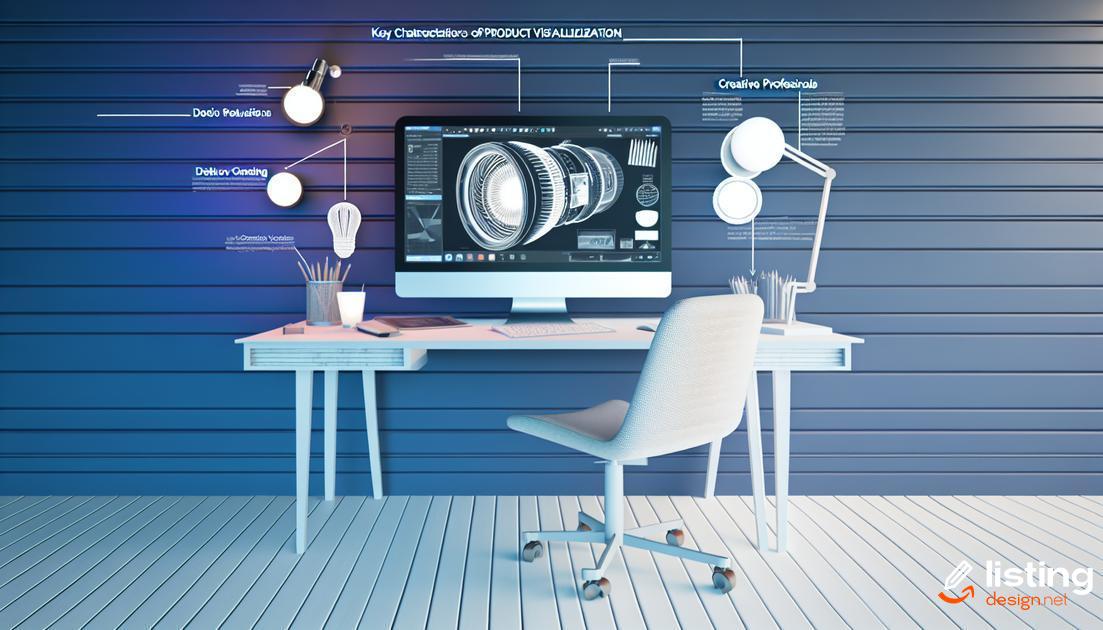
When evaluating top product rendering services, several key features stand out that can greatly influence the final output quality.
High-Resolution Outputs
The best services offer high-resolution renders that capture every detail of the product. This ensures the final image is crisp and clear, suitable for various marketing channels.
Texture and Material Accuracy
Accurate replication of textures and materials is crucial. Top services use advanced technology to recreate the exact look and feel of the product, lending authenticity to the renders.
Customization Options
Customization is a significant feature, allowing businesses to tweak lighting, angles, and other aspects of the image to align with their branding needs.
Interactive 3D Models
Many leading services provide interactive 3D models, enabling customers to view the product from different angles. This interactive feature can enhance customer engagement and decision-making.
Fast Turnaround Time
Efficiency in delivering renders without compromising on quality is essential. Top services ensure quick turnaround times, helping businesses meet tight deadlines.
Scalability
Whether you need a single render or a series of images, the ability to scale services according to your requirements is another feature of a quality service provider. This flexibility is critical for businesses of all sizes.
Post-Production Support
After rendering, additional support such as touch-ups and edits can be valuable. Top services often include post-production edits to ensure the final image meets strict quality standards.
Industries That Benefit from Product Rendering
Several industries see substantial advantages from integrating product rendering services into their workflow. The furniture industry benefits significantly as realistic renders can showcase textures, fabrics, and intricate details that are otherwise hard to capture. For the automotive sector, product renders present precise details of vehicle components and designs, aiding both marketing and design validation.
The electronics industry also thrives with accurate visual representations for marketing and instructional purposes. In the realm of fashion, 3D rendering allows designers to present garments and accessories in an interactive manner, providing potential buyers with a comprehensive view of the product.
Real estate professionals utilize product renders to transform architectural plans into lifelike models, giving clients a clear vision of projects. In the healthcare industry, companies use rendering to visualize medical devices and equipment, assisting in both development and sales processes.
Manufacturing
Manufacturers benefit by using product renders for prototypes and product line visualizations, enabling better communication among teams and with clients. This technology ensures that stakeholders have a clear understanding of the product’s features and benefits long before physical samples are available.
How to Choose the Right Product Rendering Service
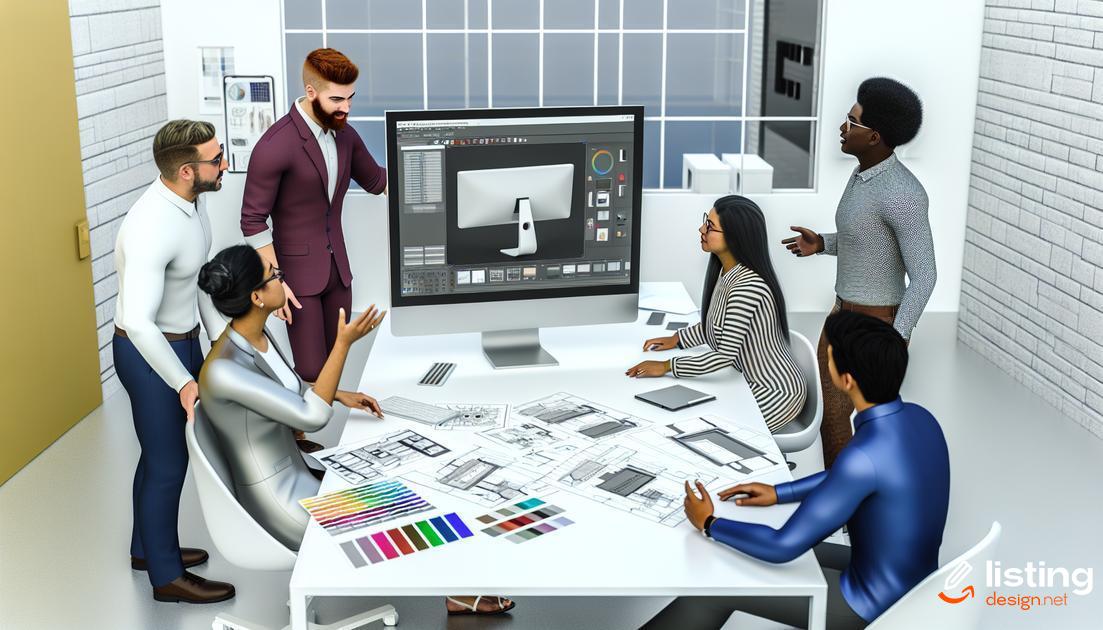
When selecting a product rendering service, there are several factors to consider to ensure you choose the right partner for your needs. First, evaluate the portfolio of the service provider. Look for samples of their previous work and assess the quality and detail in their renders. High-quality renders should be realistic and visually appealing, capturing the essence of the product.
Next, consider the turnaround time. The speed at which renders are delivered can impact your project timelines. Make sure the service provider is capable of meeting your deadlines without compromising on quality.
It’s also important to check the technical expertise of the service team. They should be proficient with the latest rendering software and technologies. This ensures that they can offer cutting-edge visuals that stand out in the market.
Don’t forget to analyze cost factors. While it’s tempting to go for the cheapest option, remember that you often get what you pay for. Compare the pricing of different providers and weigh it against the quality and range of services offered.
Additionally, consider customer reviews and testimonials. Feedback from previous clients can give you a good indication of the reliability and professionalism of the service provider.
Finally, look for a service provider that offers customization options. Each product is unique, and the ability to tailor renders to your specific requirements is crucial. A flexible rendering service can adapt to your needs and offer personalized solutions that best showcase your product.
Common Misconceptions About Product Rendering
Many assume that product rendering is just for creating lifelike images. However, it encompasses much more. One common myth is that it’s only for high-end products. In reality, businesses of all sizes can benefit from high-quality renders. Another misconception is that product rendering is too costly. Advances in technology have made it more accessible and affordable, allowing even startups to leverage this service.
Some believe that product renders can never look as good as real photos. With modern techniques, renders can be virtually indistinguishable from photographs. This misconception often stems from early experiences with outdated software or techniques.
Another false belief is that product rendering takes too long. Today’s solutions are not only quicker but also more efficient, enabling faster turnaround times without compromising quality. Understanding these misconceptions can help businesses make informed decisions about incorporating product rendering into their marketing strategies.
Steps in the Product Rendering Process

The product rendering process involves several critical steps to transform an idea or a sketch into a stunning visual representation. Each step ensures the final render is high quality and meets all project specifications.
1. Concept Development
The first step is gathering all necessary information, including sketches, reference images, and project requirements. This phase involves brainstorming and developing a clear concept that aligns with the client’s vision.
2. Modeling
During the modeling stage, 3D artists create the digital model of the product. This step can involve intricate details and precision to ensure the model accurately represents the real product.
3. Texturing
Texturing involves adding colors, patterns, and material properties to the 3D model. High-quality textures make the render look realistic and appealing.
4. Lighting
Proper lighting is crucial in rendering. 3D artists set up lights to highlight the product’s features and create a realistic environment. This step can significantly impact the render’s overall aesthetic.
5. Rendering
Once the model is textured and lit, the rendering process begins. This step involves using powerful software to generate high-resolution images of the product. Depending on the complexity, rendering can take several hours to complete.
6. Post-Processing
In post-processing, final adjustments are made to enhance the render. This can include color correction, adding background elements, or refining small details to ensure the image is perfect.
7. Review and Feedback
The completed render is reviewed by the client for feedback. Any necessary revisions are made to meet the client’s expectations fully.
Cost Factors for Product Rendering Services
Several factors influence the cost of product rendering services.
Complexity of the Project:
The more detailed and intricate the product, the higher the cost.
Number of Renders Needed:
Multiple angles and variations increase the price.
Resolution and Quality:
High-resolution images require more processing power and time, raising the costs.
Turnaround Time:
Expedited services come with additional fees.
Software and Tools Used:
Premium software and advanced tools can add to the overall cost.
Experience of the Rendering Artist:
More experienced artists often charge higher rates due to their expertise and quality assurance. Considering all these factors can help you budget effectively for your product rendering needs.
Case Studies: Success with Product Rendering
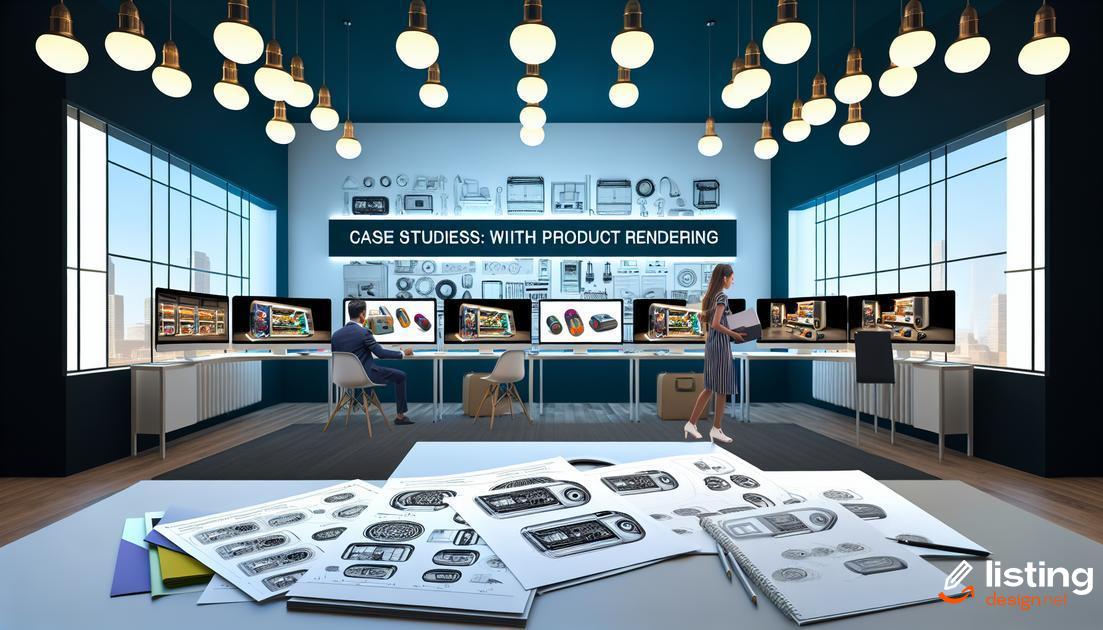
One standout example of success with product rendering is from a leading furniture retailer. Struggling with high returns due to mismatched customer expectations, they turned to high-quality product rendering. By creating realistic 3D images of their furniture, customers could see every detail and texture online.
Another impressive case is a tech accessories company that used product rendering to showcase the intricate details of their latest gadgets. This not only enhanced their online presence but also reduced the need for physical prototypes, significantly cutting down costs.
A jewelry brand also saw remarkable success by incorporating product rendering into their strategy. They created lifelike renders of their pieces, allowing customers to view items from different angles and in various lighting conditions. This led to increased online sales and a decrease in return rates.
Moreover, a home decor business used product rendering to create stunning visuals for their online catalog. These realistic renders helped customers visualize how products would look in their homes, leading to higher conversion rates.
Each of these case studies highlights how product rendering can address specific business challenges, enhance the customer shopping experience, and drive success across various industries.
Future Trends in Product Rendering
Enhanced Realism with AI and Machine Learning
Artificial intelligence and machine learning are increasingly being integrated into product rendering services. These technologies offer enhanced realism by predicting shapes, colors, and textures based on massive datasets. This leads to renders that are nearly indistinguishable from real-life photographs.
Real-Time Rendering
As technology advances, real-time rendering is becoming more accessible. This allows for immediate previews and adjustments, saving both time and resources. Real-time rendering is particularly beneficial in industries like e-commerce and interior design where quick decisions are crucial.
Virtual and Augmented Reality Integration
Future product rendering will heavily incorporate virtual reality (VR) and augmented reality (AR). These technologies provide immersive experiences, allowing customers to interact with products in a virtual environment. This can significantly boost customer engagement and conversion rates.
Improved Interactivity
Interactivity in product rendering is set to improve with the advent of interactive 3D models. Customers will be able to rotate, zoom, and explore products in detail directly on websites, enhancing their shopping experience.
Automation and Streamlined Workflows
Automation tools are continuously being developed to streamline the product rendering process. These tools can handle repetitive tasks, allowing designers to focus on more creative aspects. Streamlined workflows result in faster project completion and reduced costs.
Sustainability in Rendering
Sustainability is becoming a critical focus in all industries, including product rendering. Future trends point toward more eco-friendly rendering practices, such as energy-efficient rendering farms and the use of green computing technologies.
How to Get Started with Product Rendering Services
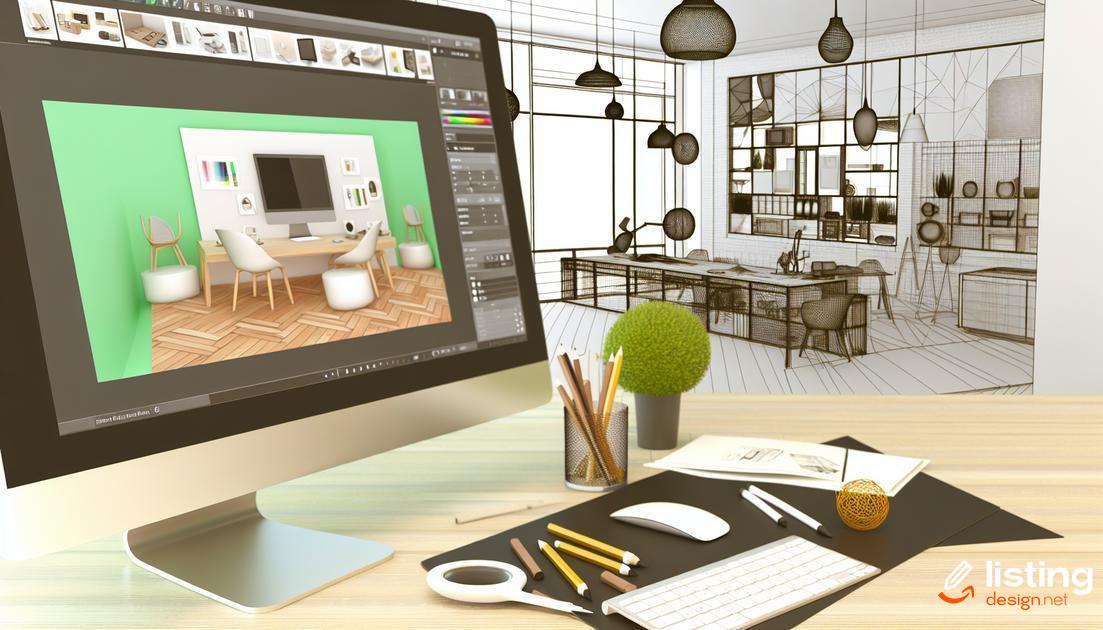
First, identify your goals for using product rendering services. Are you looking to improve your marketing visuals, create detailed product catalogs, or enhance virtual presentations? Understanding your objectives will help you communicate effectively with rendering service providers.
Next, research potential providers. Look for companies with extensive portfolios and positive client testimonials. Examine their previous work to ensure they can deliver the quality and style you need. Don’t hesitate to ask for references or case studies to evaluate their expertise
Once you have shortlisted providers, request detailed quotes and timelines. A transparent pricing structure and clear timeline are crucial for planning your project without unexpected delays or costs. Compare the provided quotes to ensure you are getting value for your investment.
After selecting a provider, outline your requirements thoroughly. Provide all necessary product details, sketches, or existing CAD files to the rendering team. The more information you offer, the better they can tailor the renders to your specific needs.
Collaboration is key. Maintain open communication throughout the rendering process. Regularly review drafts and provide feedback promptly to ensure the final renders meet your expectations. This collaborative approach will help avoid any misunderstandings and expedite completion.
Finally, evaluate the final product carefully. Ensure it aligns with your initial goals and project specifications. If any adjustments are needed, communicate them clearly to the rendering service provider for timely revisions.
By following these steps, you can effectively start with product rendering services, ensuring your product visuals are optimized for success.

